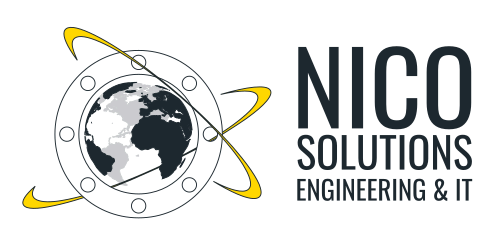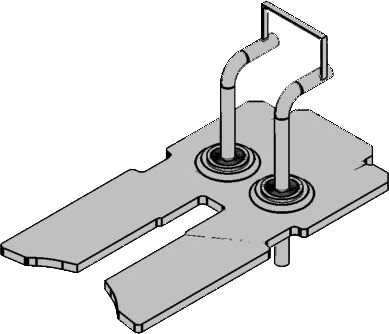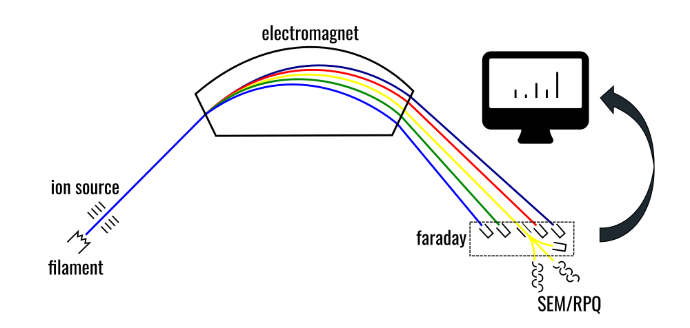
Mass spectrometers...
are my roots and deepest passion!
I specialize in the engineering of machines, plants and systems from vacuum, measurement and analysis technology, especially in mass spectrometry, and in the development of solutions in the field of laboratory equipment / requirements. I have in-depth knowledge of sector field isotope mass spectrometry and, in particular, I am very familiar with Finnigan MAT26x thermion mass spectrometers. I was able to acquire this knowledge over many years. In addition to many years of national and international activity in service & support, I was involved in the development of upgrade components for the mentioned mass spectrometers and their accessories. I can also provide you with know-how for instruments from other series.
Furthermore, I have very explicit knowledge in the development of helium mass spectrometers. I will be happy to assist you with his experience!
Thermal ionisation mass spectrometry (TIMS)
Now the source housing or rather the system is evacuated to ultra-high vacuum conditions. The sample is then heated, vaporized and ionized by a very precisely regulated current flow through the filament.


In the downstream ion source, the ions are accelerated and focused into a coherent ion beam by using electrostatic lenses. This beam is then deflected in a magnetic field and separated into ion beams of equal mass according to the ratio of mass to charge (m/z ratio).
When using a multi-collector, the split ion beams are collected simultaneously in Faraday cups or by jump measurement or when using a single collector, one after the other. There the ions discharge and the resulting charge current can be detected as a voltage drop across high-value resistors as an analog signal. In general, for computer-aided data acquisition, the analog signal is fed to a voltage-frequency converter (VFC) and the frequency is used as a reference for the signal level.
In the case of very low signal levels or sample amounts, various options for ion counting (secondary electron multiplier SEM or RPQ energy filter with downstream SEM) are used.
Example: Isotope ratio measurement SRM987 (Strontium)
88/86=8.37861 87/86=0.71034 84/86=0.05655
Helium mass spectrometry
Helium mass spectrometers are used to analyze or determine stable helium isotopes (mass 3 and 4). I have knowledge in the development of solutions for the quantification of the corresponding atomic masses, even with very low helium concentrations. This technique is used, for example, to date appropriate samples.
Influencing variables such as the system volume, high sensitivity and good mass separation are of fundamental importance for meaningful data. Appropriate knowledge is required to optimize these instruments and to pursue a target-oriented implementation. I can also provide with my expertise for applications in static vacuum to you. In many cases, very complex dependencies of various system parameters prevail.
I would be happy to support you in your development projects!
My highly specific knowledge can be transferred to general applications or even the construction of unique and specialised machinery.
Why not contact me and benefit from my know-how?